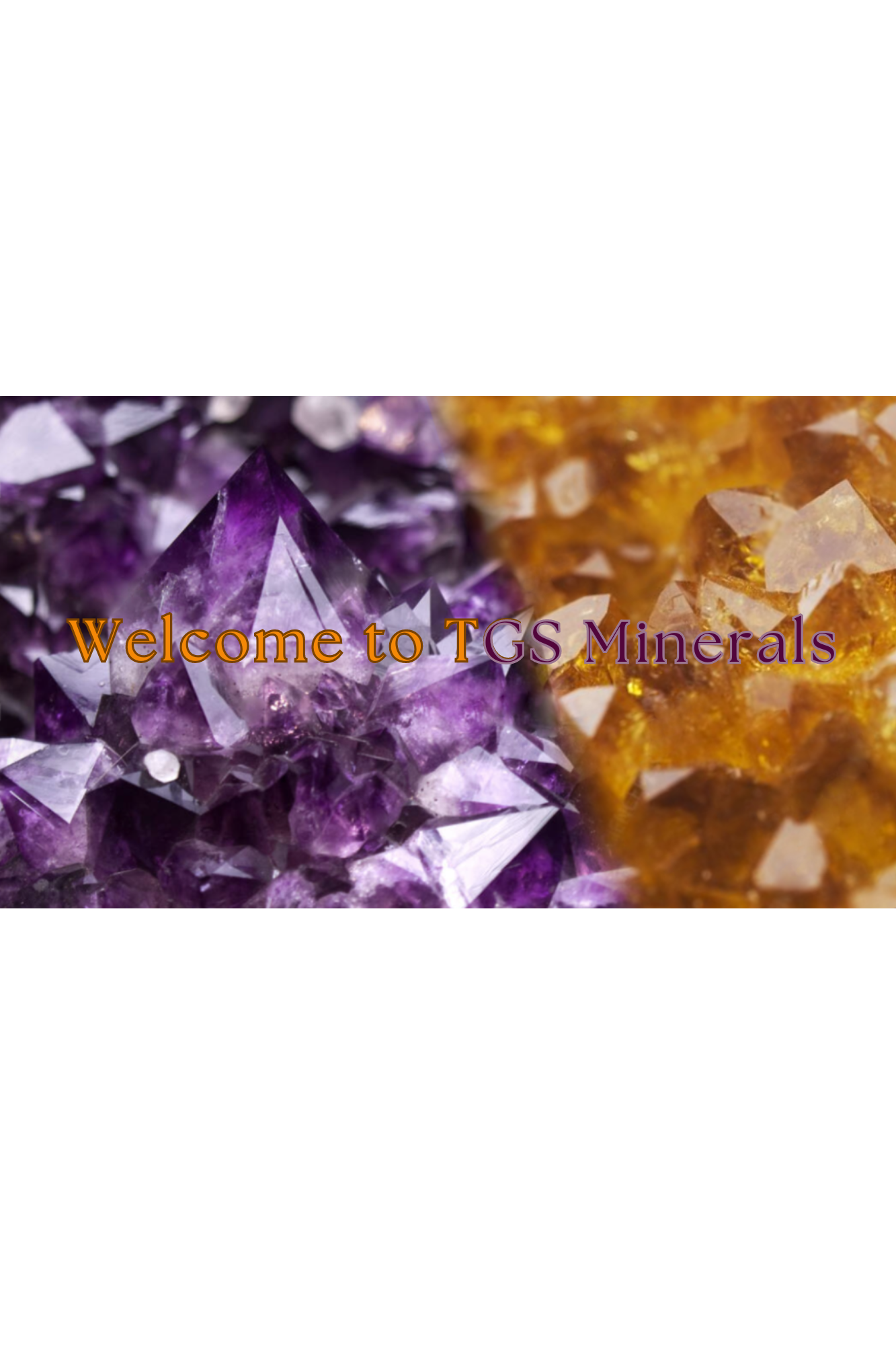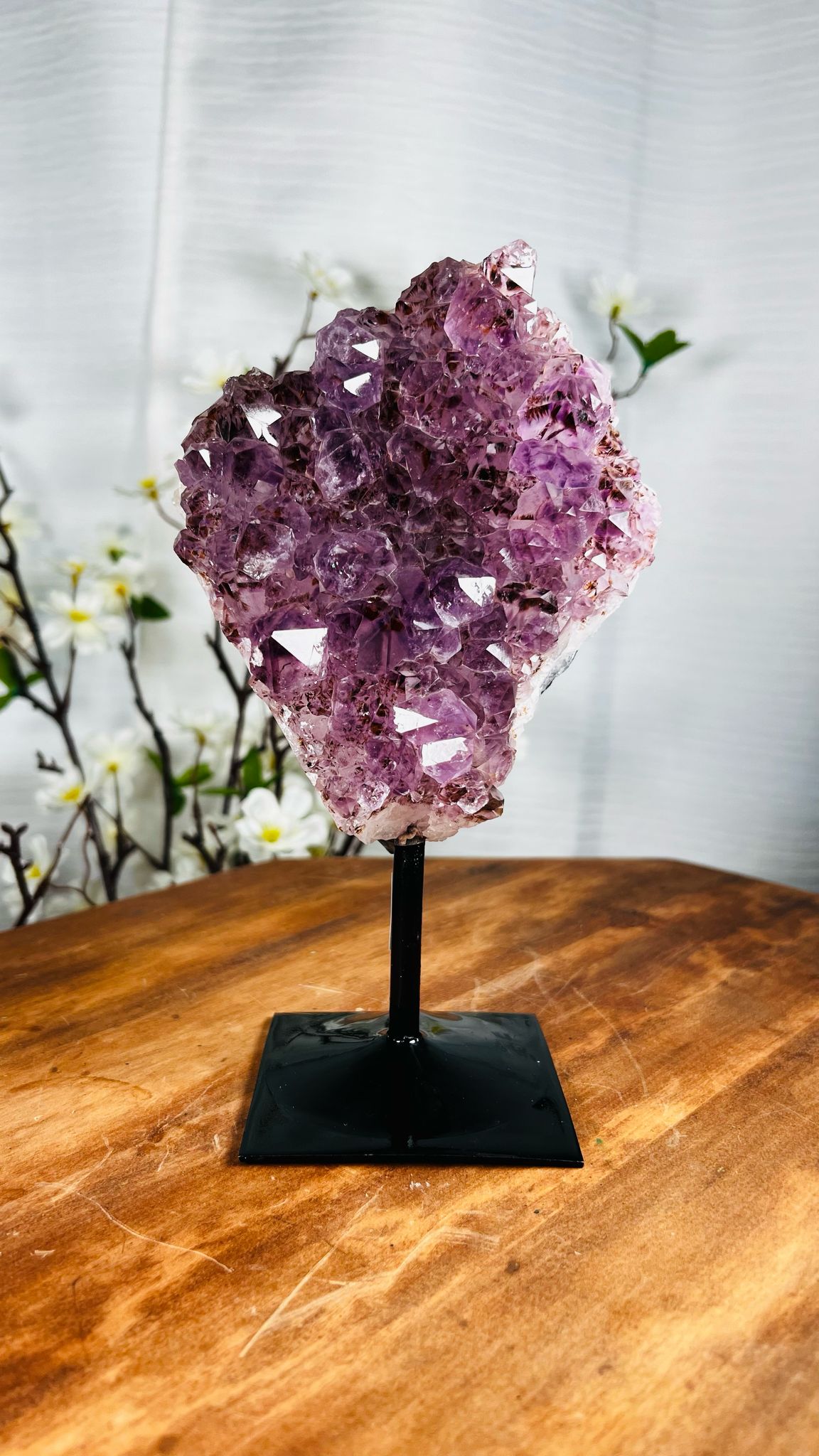

Discover the Natural Beauty of Crystals
Bring a touch of nature's elegance into your life. Our carefully selected minerals are perfect for collectors, decorators, or those seeking the healing power of crystals.
Multimedia collage
Amethyst Cathedral with Agate - A00015
Regular price
$95.00 USD
Regular price
Sale price
$95.00 USD
🌍 Our Story – The Journey of TGS Minerals
Amidst the mountains of Brazil, where the earth hides ancient treasures, TGS Minerals was born — the result of a deep-rooted passion for gemstones and the raw power of nature. Our story didn’t begin in store displays, but within the heart of the earth, where each crystal is uncovered with care, respect, and gratitude.
We are more than a business. We are the heirs of a legacy. TGS emerged from the hard work of a Brazilian family who, for generations, has delved into the depths of the land to bring forth the hidden beauty beneath our feet. With our own mine, we oversee every stage — from extraction to cutting — ensuring authenticity, premium quality, and preserved natural energy.
Over time, our craft evolved into purpose. Each piece we offer carries not only the strength of the earth but the spirit of those who believe that true luxury is born from origin, history, and connection.Today, we bring that dream across borders. From our base in the United States, we are expanding TGS Minerals with a bold vision: to build the largest crystal shopping experience in the Americas — a space where natural beauty meets immersive experience, and where every visitor can reconnect with the essence of the Earth.
TGS Minerals is more than a brand. It is a journey. A calling for those who feel, resonate, and believe in the transformative power of crystals. Welcome to our story.
Subscribe to our latest promotions
Be the first to know about new collections and exclusive offers.
Information
Whatsapp / Messages
https://api.whatsapp.com/send/?phone=5555996193306&text&type=phone_number&app_absent=0
Facebook Page
https://www.facebook.com/share/15C1wrBvpQ/?mibextid=wwXIfr
Tiktok
https://www.tiktok.com/@tgs.minerals?_t=zp-8vypvp8ozwb&_r=1




